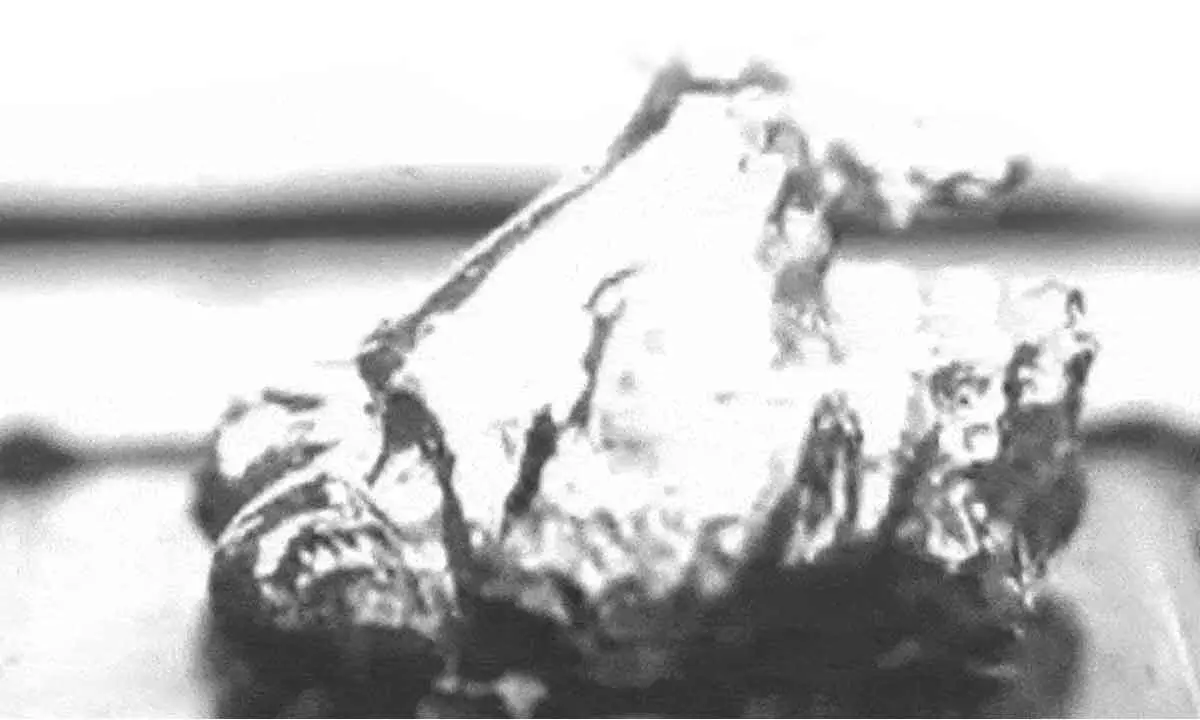Live
- STEM hiring to rise by 15-20 pc by 2027: Report
- UK Regulator Accuses Apple and Google of Stifling Mobile Browser Competition
- Tamil Nadu CM Stalin Invites Telangana CM Revanth Reddy for Meeting on Delimitation Impact
- Essential career tips for freshers
- Tips to avoid unnecessary mistakes while studying abroad
- Holi Festival: Liquor Outlets to Remain Closed for Holi in Hyderabad
- iQoo launches Neo 10R model
- Hyderabad: Woman Alleges Caste-Based Harassment by Roommates in Shaikpet
- Markets end on flat note
- Nifty Metal index falls after US tariffs
Scientists Discovered Way to Save Energy And Efficiently Boil Water

Hans News Service | 17 July 2022 7:34 PM IST

x
Highlights
- A recently created treatment for surfaces involved in heating and evaporating water may result in one such enhancement.
- The research term that developed the approach has finally discovered a way to improve both after years of research.
When making a cup of tea in the kitchen or generating electricity at a power plant, water is frequently boiled. The total amount of energy consumed for this process daily will significantly decrease with any increases in its effectiveness.
A recently created treatment for surfaces involved in heating and evaporating water may result in one such enhancement. The heat transfer coefficient (HTC) and the critical heat flux, two important factors that govern the boiling process, are made better by the treatment (CHF).
There is typically a trade-off between the two; as one gets better, the other gets worse. The research term that developed the approach has finally discovered a way to improve both after years of research.
Bioinformatics scientist Youngsup Song from the Lawrence Berkeley National Laboratory in California said that although both dimensions are crucial, increasing them simultaneously might be challenging due to their inherent trade-offs. Boiling is most effective when there are numerous bubbles on the surface; but, if there are too many bubbles, they may coalesce and create a vapour layer over the boiling surface.
Any vapour coating that forms between a hot surface and water adds resistance, reducing the effectiveness of heat transmission and the CHF value. The researchers came up with three alternative types of surface modification to circumvent the problem.
A number of microscale tubes are first introduced. The creation of bubbles is regulated by this system of 10-micrometer-wide tubes, spaced roughly 2 millimetres apart, and the bubbles are kept anchored to the cavities. This stops a vapour film from developing.
Additionally, it lessens the number of bubbles that are concentrated on the surface, decreasing boiling efficiency. The researchers added bumps and ridges within the surface of the hollow tubes that were barely nanometers wide as the second modification to address that issue. This expands the surface area that is available and encourages evaporation rates.
Finally, the core of a series of pillars on the material surface held the microscale cavities. These pillars increase the surface area of the liquid drawing-off process, accelerating it. Combining the two considerably improves boiling efficiency.
Additionally, it lessens the number of bubbles that are concentrated on the surface, decreasing boiling efficiency. The researchers added bumps and ridges within the surface of the hollow tubes that were barely nanometers wide as the second modification to address that issue. This expands the surface area that is available and encourages evaporation rates.
Finally, the core of a series of pillars on the material surface held the microscale cavities. These pillars increase the surface area of the liquid drawing-off process, accelerating it. Combining the two considerably improves boiling efficiency.
It won't be easy to translate the research from a small-scale laboratory setting into something that can be employed in commercial industries, but the researchers are optimistic that it can be done.
Finding methods to produce the three "tiers" of alterations and the surface textures will be difficult. The good news is that there are other strategies that may be investigated, and the process should function for various types of liquids as well.

Next Story
More Stories
© 2025 Hyderabad Media House Limited/The Hans India. All rights reserved. Powered by hocalwire.com






